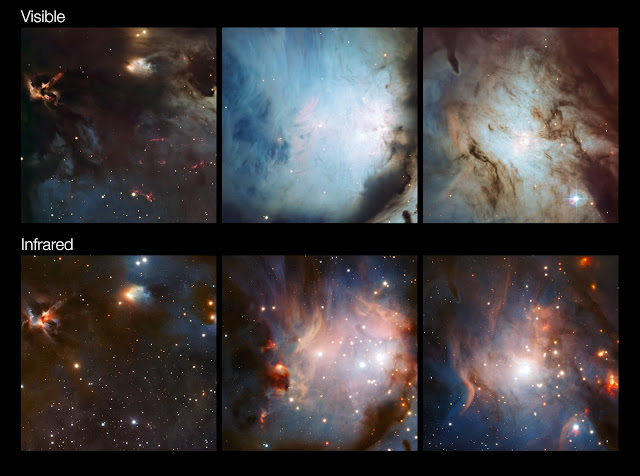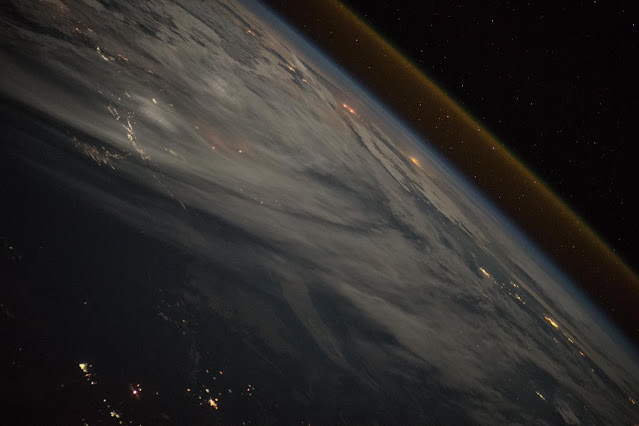Blue Origin's New Glenn Rocket: Preparing for First Launch
New Glenn’s inaugural mission (NG-1) is targeting no earlier than Friday, January 10, 2025, from Launch Complex 36 at Cape Canaveral, Florida. The three-hour launch window opens at 1 a.m. EST (0600 UTC).
"The payload is our Blue Ring Pathfinder. It will test Blue Ring’s core flight, ground systems, and operational capabilities."
"Our key objective is to reach orbit safely. We know landing the booster on our first try offshore in the Atlantic is ambitious—but we’re going for it."
“This is our first flight and we’ve prepared rigorously for it,” said Jarrett Jones, SVP, New Glenn. “But no amount of ground testing or mission simulations are a replacement for flying this rocket. It’s time to fly. No matter what happens, we’ll learn, refine, and apply that knowledge to our next launch.”
"Blue Origin has several New Glenn vehicles in production and a full customer manifest. Customers include NASA, Amazon’s Project Kuiper, AST SpaceMobile, several telecommunications providers, and a mix of U.S. government customers."
About New Glenn
New Glenn stands more than 320 feet (98 meters) high and features a seven-meter payload fairing, enabling twice the volume of standard five-meter class commercial launch systems. Its reusable first stage aims for a minimum of 25 missions and will land on Jacklyn, a sea-based platform located several hundred miles downrange. Reusability is integral to radically reducing cost-per-launch.
The vehicle is powered by seven of Blue Origin’s BE-4 engines, the most powerful liquefied natural gas (LNG)-fueled, oxygen-rich staged combustion engine ever flown. LNG is cleaner-burning and higher-performing than kerosene-based fuels, and the seven BE-4s generate over 3.8 million lbf of thrust. The vehicle’s second stage is powered by two BE-3Us, liquid oxygen (LOX)/liquid hydrogen (LH2) engines designed to together yield over 320,000 lbf of vacuum thrust.
In addition to the BE-4 and BE-3U, Blue Origin manufactures BE-7 engines for our Blue Moon lunar landers and New Shepard’s BE-3PM engine.
Learn more: https://www.blueorigin.com/new-glenn
Image Credit: Blue Origin
Release Date: Jan. 6, 2024
#NASA #Space #BlueOrigin #NewGlenn #NewGlennRocket #NG1 #FirstLaunch #CommercialSpace #ArtemisProgram #BlueMoonLanders #SpaceTechnology #HumanSpaceflight #LC36 #CapeCanaveral #Florida #UnitedStates #Astronaut #JohnGlenn #History #STEM #Education


Ian%20Inverarity.jpg)
.jpg)




NASA-JSC.jpg)






